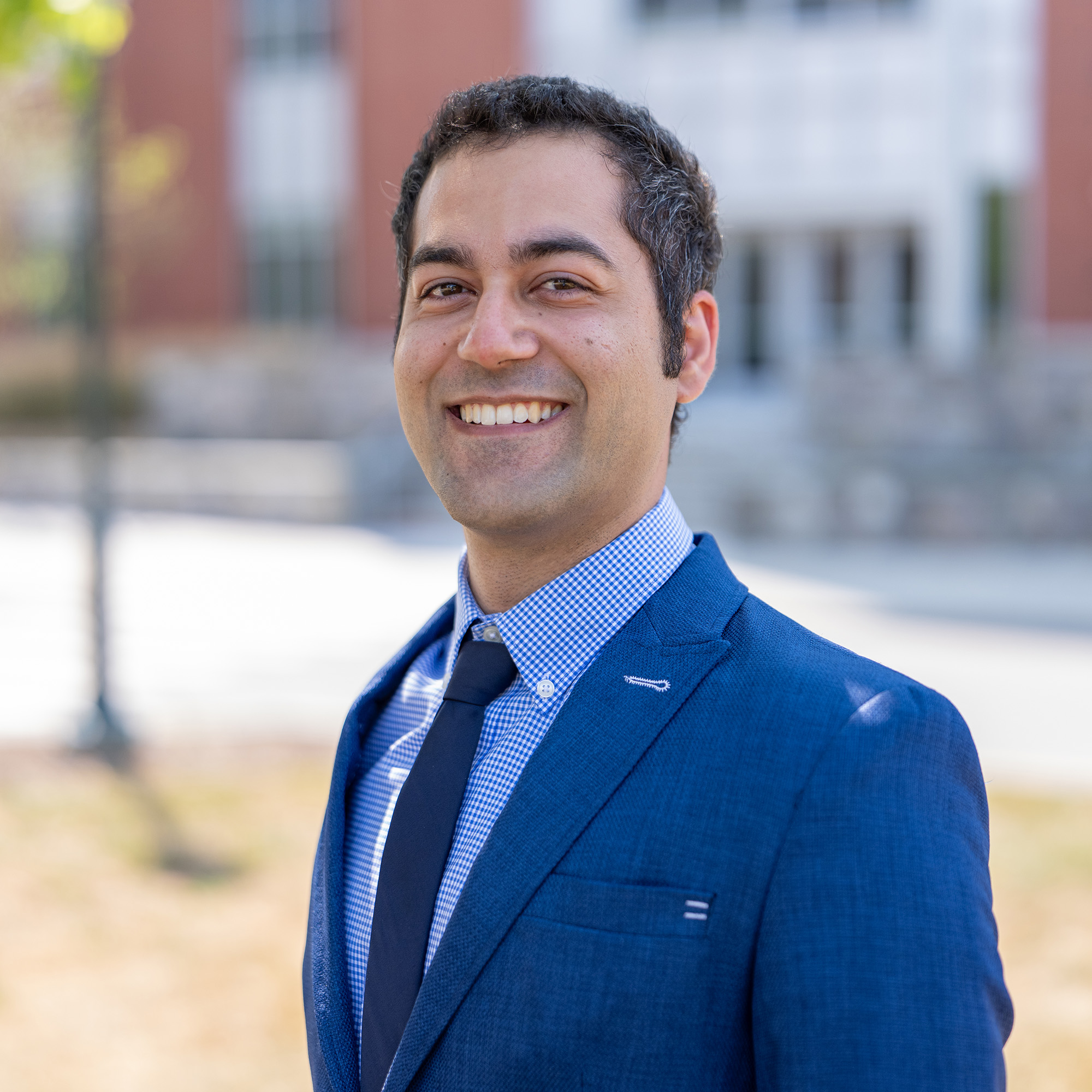Alireza Fath, Ph.D.
Lecturer, Faculty of Mechanical Engineering
University of Vermont
Alireza Fath has been a Lecturer in the Department of Mechanical Engineering at the University of Vermont since 2025. He earned his Ph.D. in Mechanical Engineering from UVM and subsequently completed postdoctoral research in the department, where he integrated robotics, augmented reality, computer vision, and machine learning into cyber–physical systems for structural health monitoring. His work spans swarm robotics, human–robot collaboration, and advanced sensing for structural assessment, with applications in home and structural maintenance. He is committed to training students to advance engineering technologies that deliver practical solutions to real‑world challenges.
